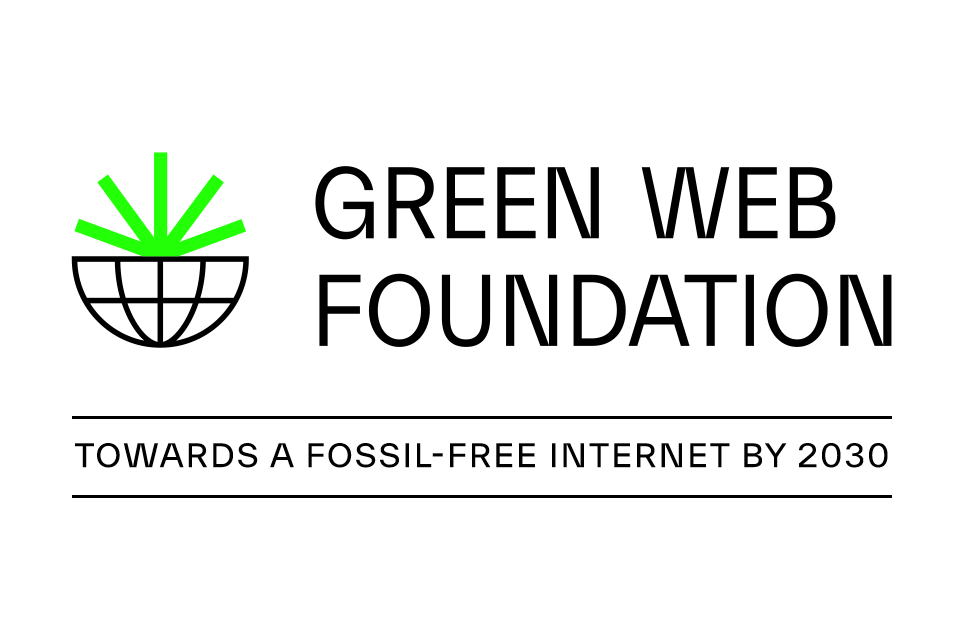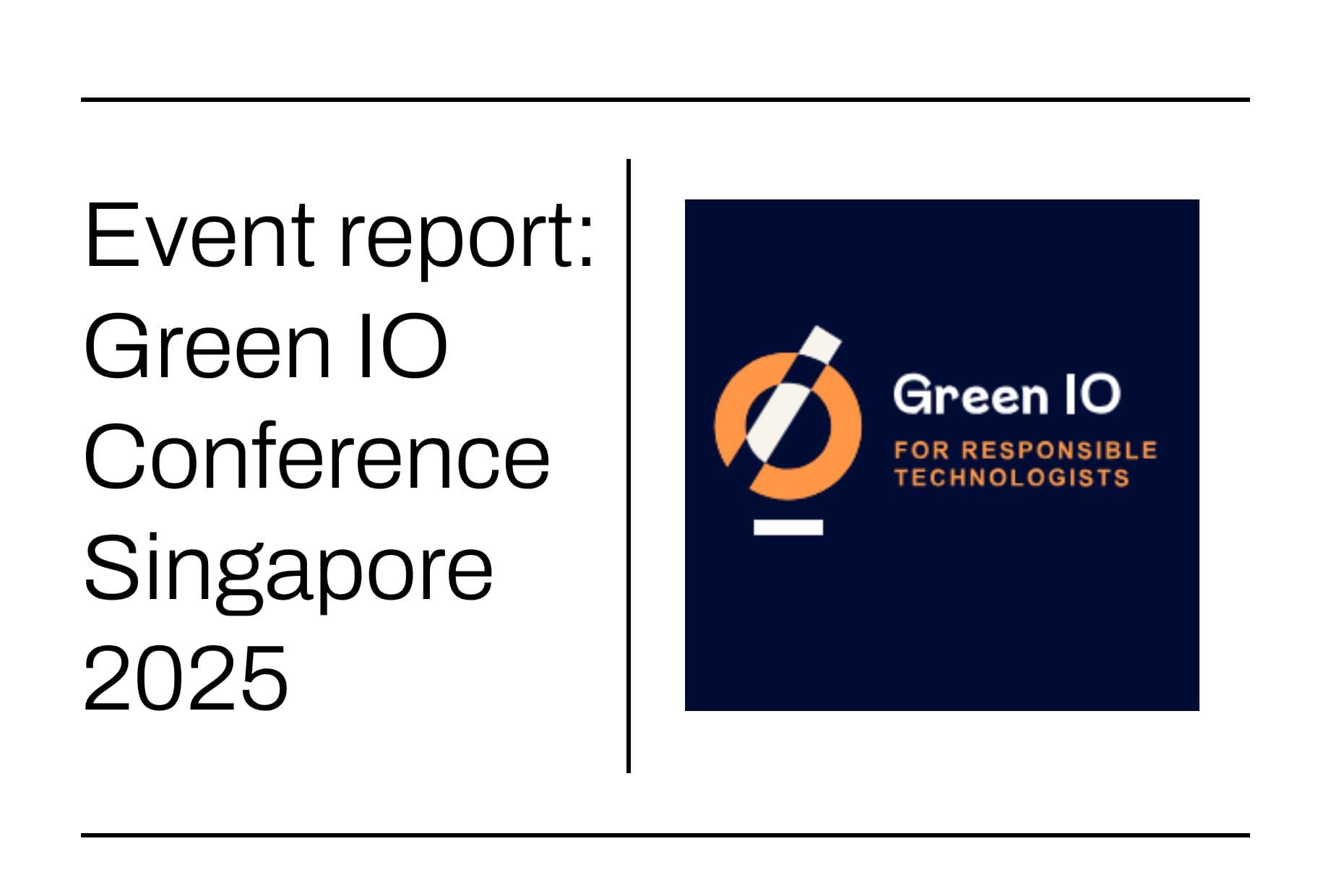In addition to the Green Web Check, one of the key things our foundation has been known for is maintaining an open directory of verified green hosting providers. In this post, we introduce some of the new features of our updated, restyled directory. We also share a little bit about why we updated it, and how you can help shape its ongoing development.
Why we have a directory
While it can be helpful to check if a website is running on green energy, you might say that what happens next after a check is more interesting than the check itself.
If a result shows up as green, this is usually good news. It’s typically a sign that the people operating the infrastructure behind the website or application are at the very least taking one of the obvious steps to improve its environmental impact by running it on green energy.
But what if the result isn’t green?
Well, one of the next things you might want to do is look for greener alternatives – so you can switch if it’s your website.
If it’s someone else’s site, you might ask them to think about switching how they power their site, or consider looking at their options for providers who have already taken these steps already. We provide sample letters to make it easier to ask for this.
For as long as the Green Web Foundation has existed, to help with this process, we’ve also offered a directory of verified green hosting providers, grouped by country.
As long as a hosting provider can share the evidence we ask to see about using green energy then they’re eligible to be listed. Listing is free.
So if you’re in say, France, Canada, or even Costa Rica, and you’re looking for a hosting provider, you should be able to find a one.
New year, new directory
However, our directory is also one of the oldest pieces of our platform. Over the last ten years, while almost every other part of the platform has been updated, the actual listing code has barely changed.
Meanwhile, how people build websites and services has changed. Rather than just buying some form of simple shared hosting, a growing number of organisations build a website or a service by assembling a series of different products or hosted services.
At the other end of the scale, there are organisations who don’t have a dedicated development team constructing digital services like this. They often want someone to provide a managed service instead, so they don’t need to worry about keeping software secure and up to date all by themselves.
With this in mind, and with help from grant funding and donations from aligned organisations, in 2023 our team focused on building a new directory from the ground up.
Introducing our new features
For the last few months of 2023, we have had our new directory publicly available, alongside the old version. But as of today, we are redirecting traffic and lookups to the new directory.
Let’s have a look at some of the key changes.
Find what you’re looking for with better filters
As mentioned before, what people look for in hosted services has changed since our directory first launched more than ten years ago. In addition to filtering by location, you can now filter for specific services that you’re looking for.

You can see the starting list of services we track, as well as what they mean in plain english. Over time we intend to grow this list, to represent the growing sophistication of green hosted alternatives available online now. We’ll also be introducing new criteria to filter by later.
Understand why a provider is green with more detailed disclosure
We outline in detail what evidence we look for when verifying providers, and over the last few years we’ve been working to make it easier for providers to share the necessary supporting evidence using a new submission process. While much of this has only been visible to providers updating their details in directory, it’s this groundwork that has made it possible to improve support for disclosure in the directory.
When evidence is placed in the public domain by the provider, we now link to it in the directory.
We do this to help understand the basis for an organisation’s green claims, but also to help providers get ahead of changes in the law requiring more detailed disclosure of sustainability metrics. Just in the last 6 months, in Europe we have seen the Corporate Sustainability Reporting Directive and Green Claims Directive passed, and in California, USA, we have seen the Climate Corporate Data Accountability Act passed, likely acting as a template for other states.

Earn trust by improving transparency in your own supply chain
Finally, in the second half of last year, we also invested a significant amount of effort in improving our data quality. Whilst we don’t require everything shared with us to be published in the public domain, we definitely do encourage disclosure where possible. We think it helps to build trust, and if you do too, we’ve made it easier to ask for information to be provided so it can be visible to others as well.

Let us know what you think!
After a significant amount of work, we think the new directory is a worthy replacement and lays a foundation for a raft of exciting new work we have planned for 2024 and beyond. As a taster we’re looking into offering richer location support, updated organisation profiles, as well as incorporating some of the lessons we learned from the research we ran with Wikirate last year.
That said, we know there is still more to do. We’re considering this directory a “beta”, and actively looking for feedback on how it works for those seeking greener hosting options. If there’s something you miss, or have any other queries, our knowledge base is being updated as questions come in.
For those who are able to spare some time on a video call, we’re also running a user research programme to understand the challenges with finding trustworthy digital services online. Express interest on our user research page.
For everyone else, we hope this new version offers a better experience when playing your part to help green the web.



